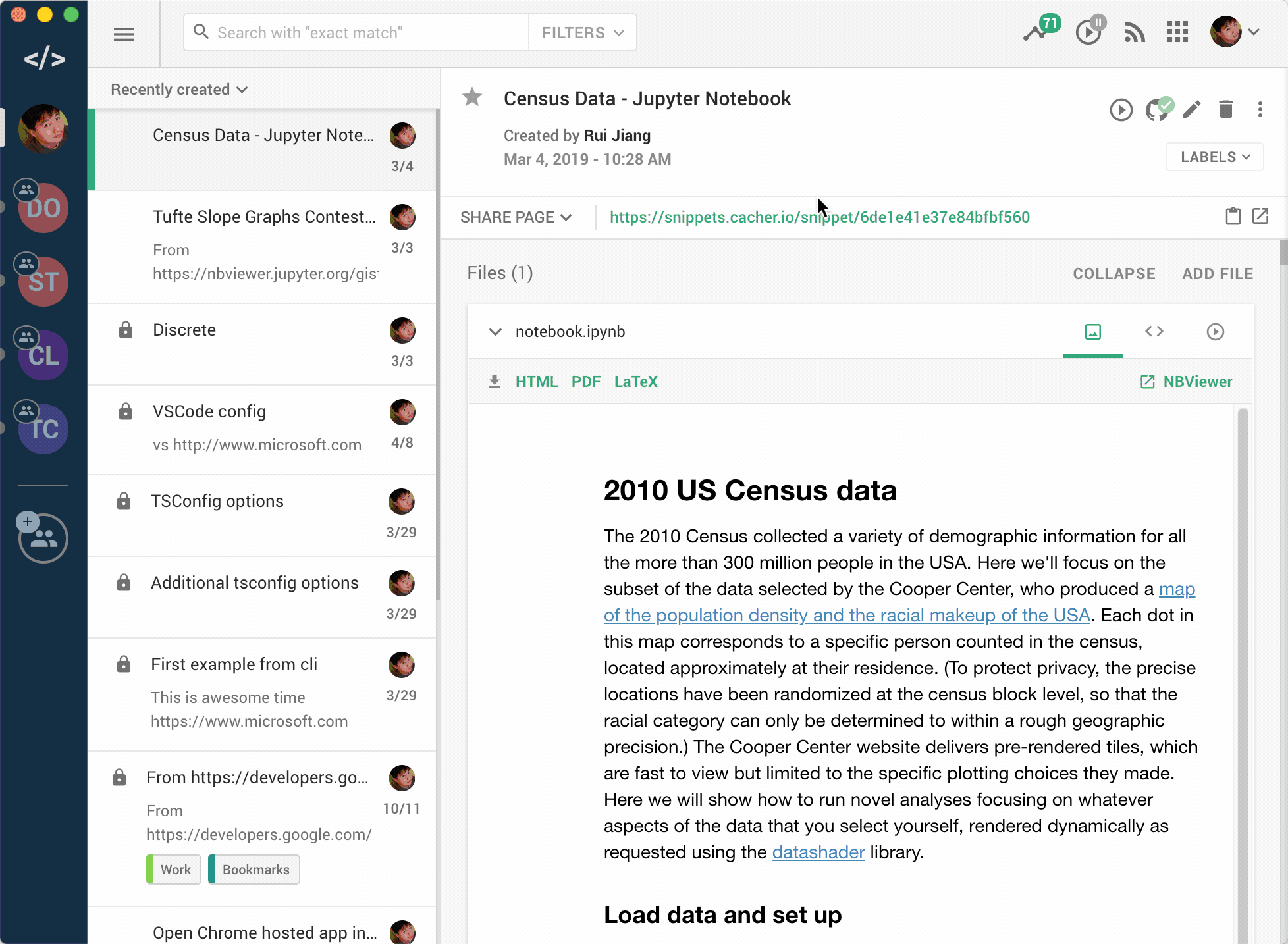
You can use the –inplace flag as well: $ jupyter nbconvert -to notebook -execute -inplace mynotebook.ipynbĬheck here for more (updated) usages about nbconvert jupyter command tool. On mac OS, it already has Python 2 but I recommend not using that Instead, I recommend installing Python 3 via Homebrew Install the Jupyter package Select the Python environment (with the Jupyter package) Open and edit. Raise exception(“Cell execution timed out”) $ jupyter nbconvert -to notebook -execute -allow-errors - ExecutePreprocessor.timeout=180 mynotebook.ipynb If you specify -allow-errors (in addition to the -execute flag) then conversion will continue and the output from any exception will be included in the cell output. By default, nbconvert will abort conversion if any exceptions occur during execution of a cell. This will open the notebook, execute it, capture new output, and save the result in. Just go to your terminal and type: $ jupyter nbconvert -to notebook -execute mynotebook.ipynb -output mynotebook.ipynb

The latest versions of jupyter comes with the nbconvert command tool for notebook conversion allows us to do this without any extra packages. $ runipy MyNotebook.ipynb -html report.html ipynb file and generate an HTML report, run: $ runipy MyNotebook.ipynb OutputNotebook.ipynb To save the notebook output as a new notebook, run:.

To save the output of each cell back to the notebook file, run:.Features: Real-time editor stand alone application that associate all. If an error occurs, the process will stop. IPYNB Viewer allows you to view your favorite Jupyter projects on macOS without installing any additional tools and libraries.
USE IPYNB FOR MAC HOW TO
This post introduces how to run a jupyter notebook script from terminal. Normally people run jupyter notebook via browser, but in some situation, we will need to run it from terminal, for example, when running the script takes long time.


 0 kommentar(er)
0 kommentar(er)
